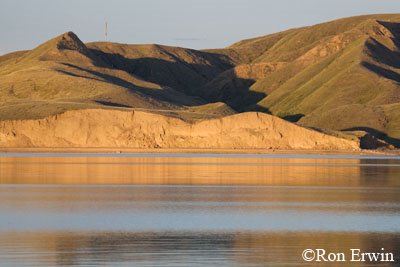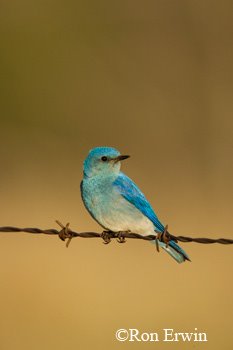Please DO eat the daisies (and leave the orchids alone) - more Wells Gray
 Wells Gray Provincial Park is known for its many waterfalls with 39 inside the park and therefore deserves its nickname "Canada's Waterfalls Park". It is also known for its many black bears but up until today we haven’t seen any. That would soon change when we would spot 8 black bears (1/2 were cubs) in just a 2 hour time period while we drove the road from the campground to Helmcken Falls and back. One cub in the two sets of twins that we glimpsed was brown or cinnamon like its Mother. The park is quite forested so the bears like to forage along the roadside clearings where the wildflowers are abundant. They were all so busy grazing that it was a hard to get a non-blurry photograph that included a head and not just a big furry butt. The one above finally stopped long enough to get a shot - perhaps it stopped to smell the flowers?
Wells Gray Provincial Park is known for its many waterfalls with 39 inside the park and therefore deserves its nickname "Canada's Waterfalls Park". It is also known for its many black bears but up until today we haven’t seen any. That would soon change when we would spot 8 black bears (1/2 were cubs) in just a 2 hour time period while we drove the road from the campground to Helmcken Falls and back. One cub in the two sets of twins that we glimpsed was brown or cinnamon like its Mother. The park is quite forested so the bears like to forage along the roadside clearings where the wildflowers are abundant. They were all so busy grazing that it was a hard to get a non-blurry photograph that included a head and not just a big furry butt. The one above finally stopped long enough to get a shot - perhaps it stopped to smell the flowers? We’ve noticed that the bears seem to enjoy eating mostly non-native plants like dandelions and red clover. But much to our enjoyment these roadsides also had many beautiful patches of native lupines, rein orchids, and tiger lilies just waiting to be photographed. Sometimes Ron was even lucky enough to get both the lupines (purple) and the tall white rein-orchid (white) in the same shot (left). These orchids smell wonderful and so are also sometimes called Fragrant White Orchid or Scent-candle.
We’ve noticed that the bears seem to enjoy eating mostly non-native plants like dandelions and red clover. But much to our enjoyment these roadsides also had many beautiful patches of native lupines, rein orchids, and tiger lilies just waiting to be photographed. Sometimes Ron was even lucky enough to get both the lupines (purple) and the tall white rein-orchid (white) in the same shot (left). These orchids smell wonderful and so are also sometimes called Fragrant White Orchid or Scent-candle.
The tiger or Columbia lily (right) is easily distinguished from the larger wood lily with its single erect bloom as the tiger lily’s flowers hang or droop in showy clusters with petals curling back towards the flower base.

At 141 meters, Helmcken Falls (left) is the 4th highest in Canada of the straight plunging type waterfalls. It is just a short hike from the parking lot to the viewing platform, but remember to take your insect repellent as the mosquitoes are hungry!

























